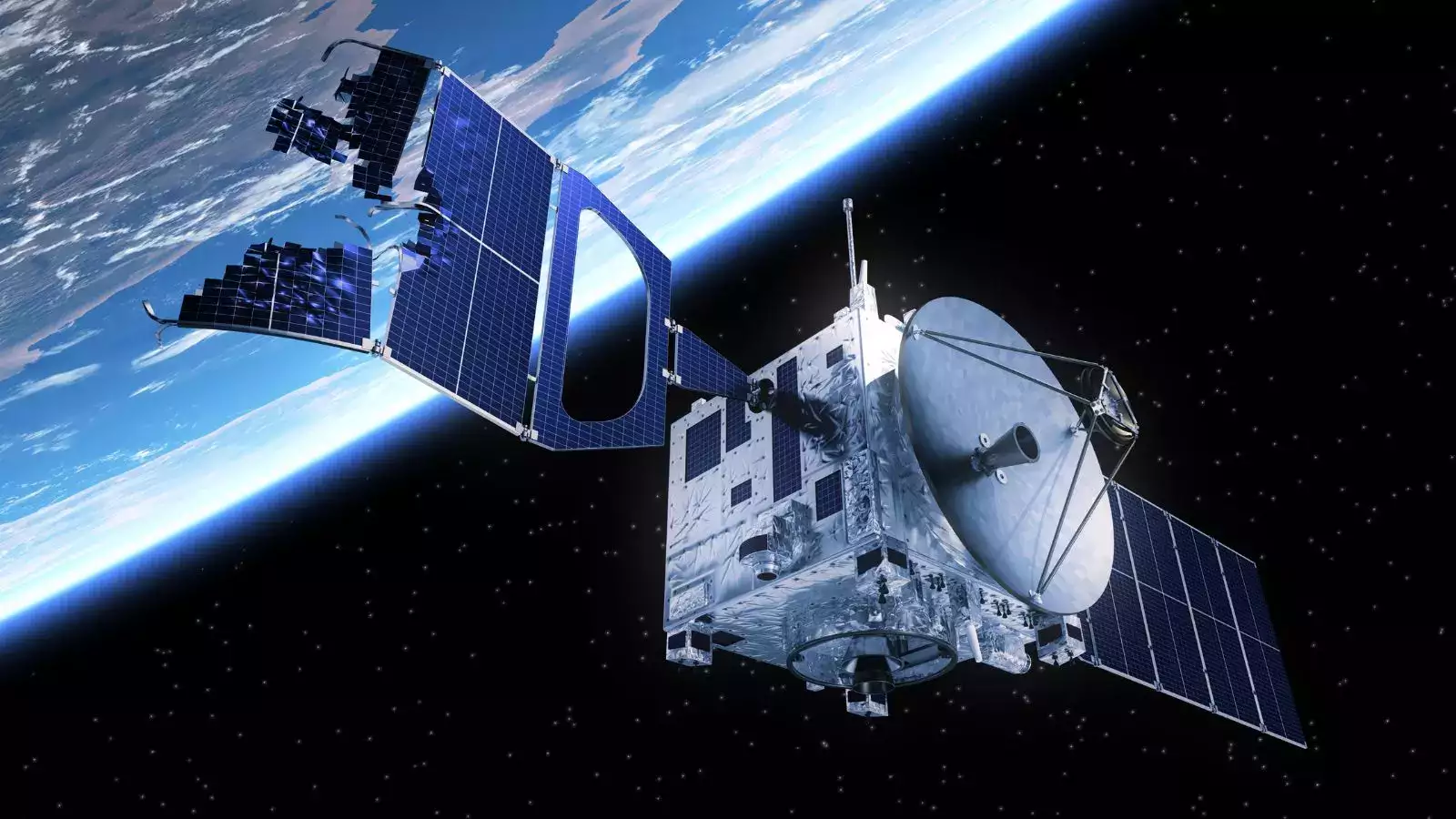Scientists studying the ionosphere in Antarctica have discovered day-night variations in ionospheric density, regardless of the 24-hour sunlight in summer and darkness in winter. They observed a diurnal pattern with peak ionospheric density near local noon, even during the polar nights. This peak ionization was attributed to particle precipitation and the transportation of convectional plasma from high latitudes. Additionally, the researchers found that the maximum ionospheric density during the summer months, when there is 24-hour sunlight, was about twice as high as during polar nights. This study provides valuable insights into the effects of the ionosphere on satellite-based navigation and communication systems.
Share via:
Disclaimer
We strive to uphold the highest ethical standards in all of our reporting and coverage. We StartupNews.fyi want to be transparent with our readers about any potential conflicts of interest that may arise in our work. It’s possible that some of the investors we feature may have connections to other businesses, including competitors or companies we write about. However, we want to assure our readers that this will not have any impact on the integrity or impartiality of our reporting. We are committed to delivering accurate, unbiased news and information to our audience, and we will continue to uphold our ethics and principles in all of our work. Thank you for your trust and support.
How Ionospheric secrets found in White continent can help satellite-based navigation

Scientists studying the ionosphere in Antarctica have discovered day-night variations in ionospheric density, regardless of the 24-hour sunlight in summer and darkness in winter. They observed a diurnal pattern with peak ionospheric density near local noon, even during the polar nights. This peak ionization was attributed to particle precipitation and the transportation of convectional plasma from high latitudes. Additionally, the researchers found that the maximum ionospheric density during the summer months, when there is 24-hour sunlight, was about twice as high as during polar nights. This study provides valuable insights into the effects of the ionosphere on satellite-based navigation and communication systems.
Disclaimer
We strive to uphold the highest ethical standards in all of our reporting and coverage. We StartupNews.fyi want to be transparent with our readers about any potential conflicts of interest that may arise in our work. It’s possible that some of the investors we feature may have connections to other businesses, including competitors or companies we write about. However, we want to assure our readers that this will not have any impact on the integrity or impartiality of our reporting. We are committed to delivering accurate, unbiased news and information to our audience, and we will continue to uphold our ethics and principles in all of our work. Thank you for your trust and support.
Website Upgradation is going on for any glitch kindly connect at office@startupnews.fyi
